La Dama de Elche / The Lady of Elche.
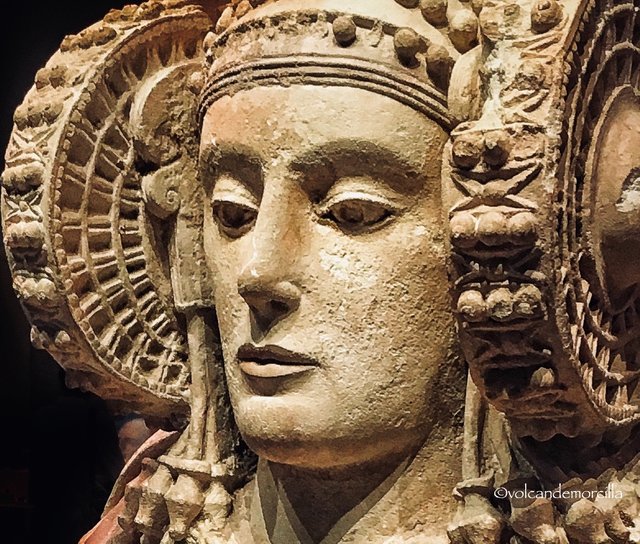

En 1897 se descubrió la Dama de Elche. Hasta ahora la historia relataba que fue Manuel Campello el que la encontró cuando tenía 14 años. Estaba enterrada en una finca de Alcudia.
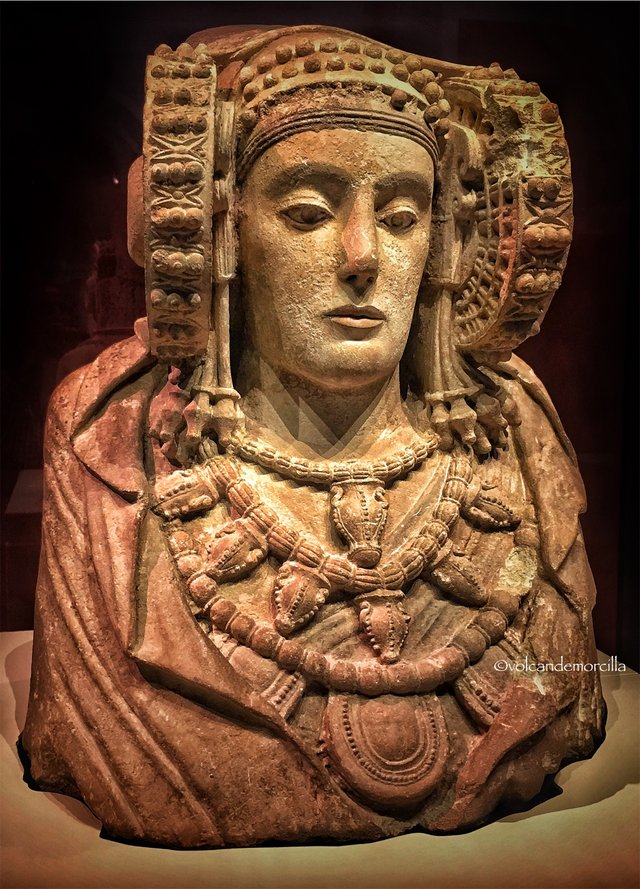
Actualmente hay dos nuevos estudios, realizados en la Universidad de Alicante, que han puesto en duda esta versión. Según las nuevas pruebas aparecidas, parece ser que el verdadero descubridor fue un trabajador llamado Antonio Maciá. Este hombre trabajaba en los terrenos de un doctor llamado Manuel Campello que quería acondicionar sus tierras para cultivo.
Sin duda, el mismo nombre del doctor y del niño es lo que ha creado la confusión.
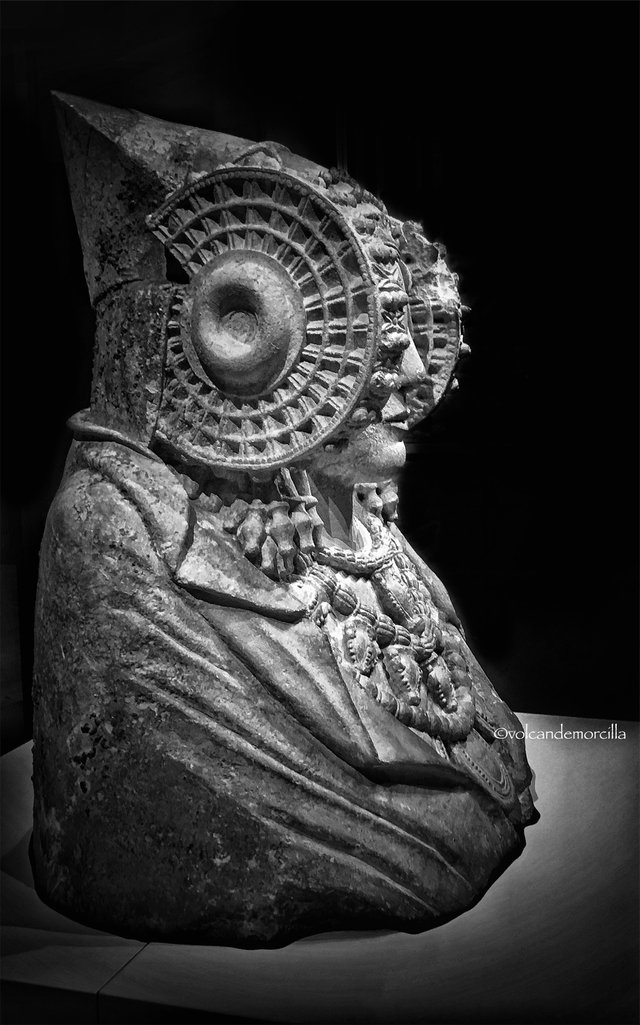
Esta pieza escultórica es muy importante porque es la mejor muestra de arte íbero y está datada en el siglo V o IV antes de Cristo. Mucho antes de que la península ibérica fuera conquistada por el imperio romano.
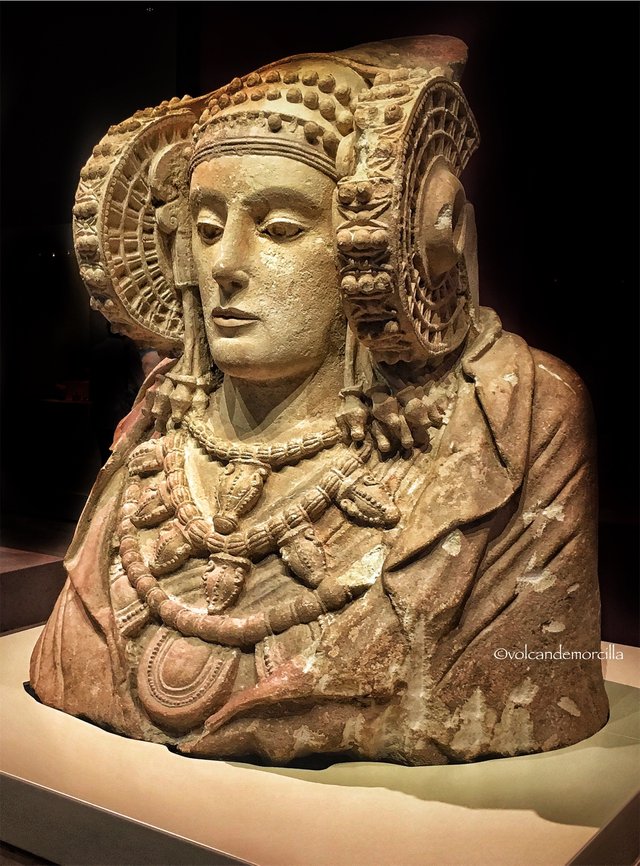
La Dama de Elche, al poco de ser descubierta, fue vendida por una mísera cantidad de dinero al Museo del Louvre y salió de España.
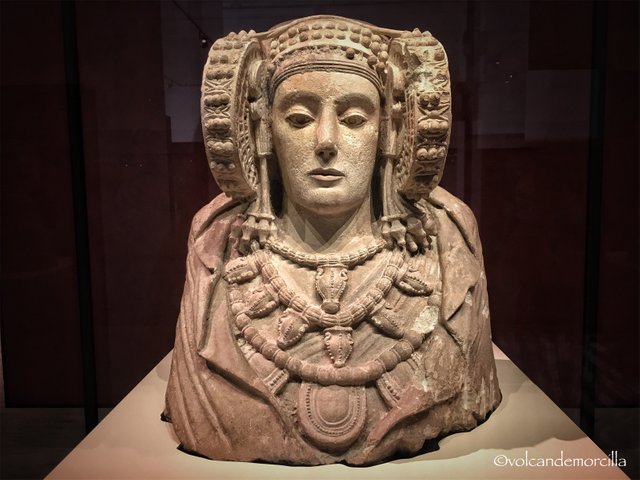
Muchos años después, el dictador Francisco Franco en sus negociaciones con Francia tras la II Guerra Mundial, consiguió traerla a España e hizo de ella un icono de sus ideales patrióticos.
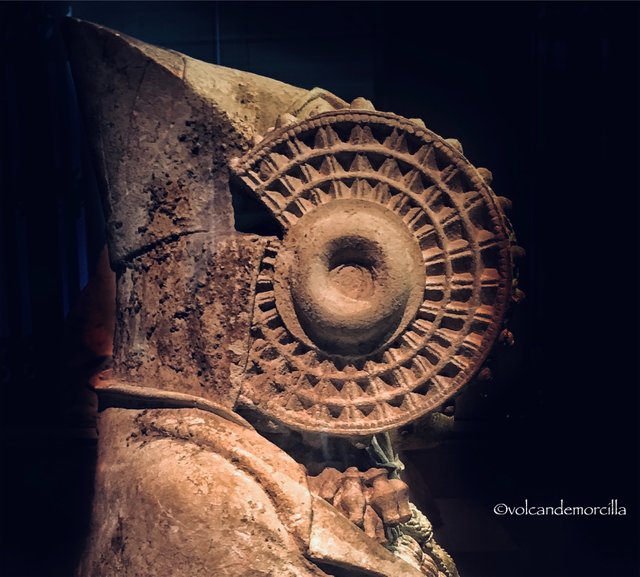
La historia del descubrimiento y los nuevos hallazgos vienen muy bien descritos en el artículo que ha sido publicado este sábado en el diario El País. Aquí os dejo el enlace El misterio del hombre que encontró la Dama de Elche
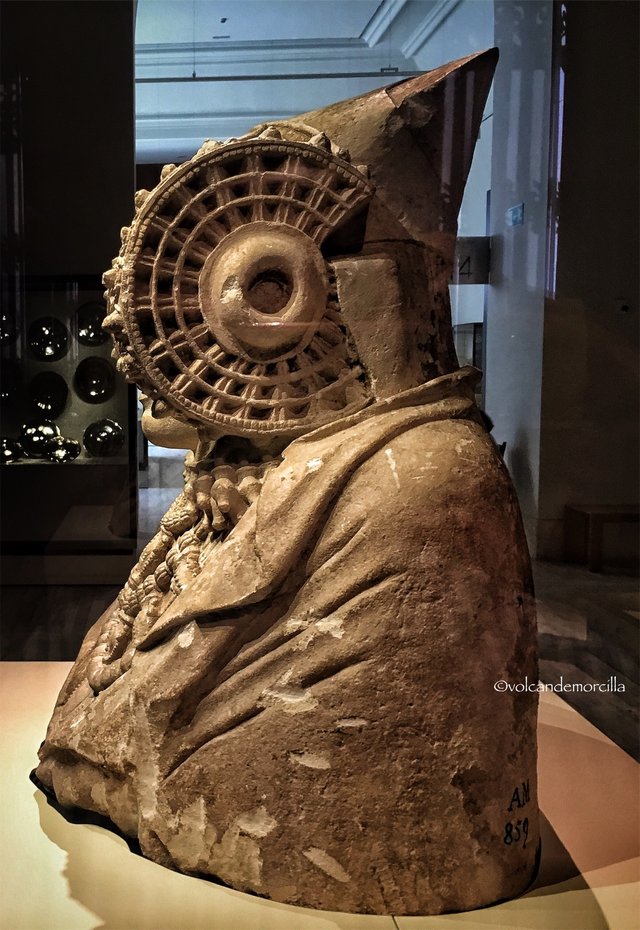
Si vais por Madrid no perdáis la ocasión de visitar el Museo Arqueológico Nacional, allí se encuentra la Dama de Elche que se puede admirar muy bien dentro de una vitrina.
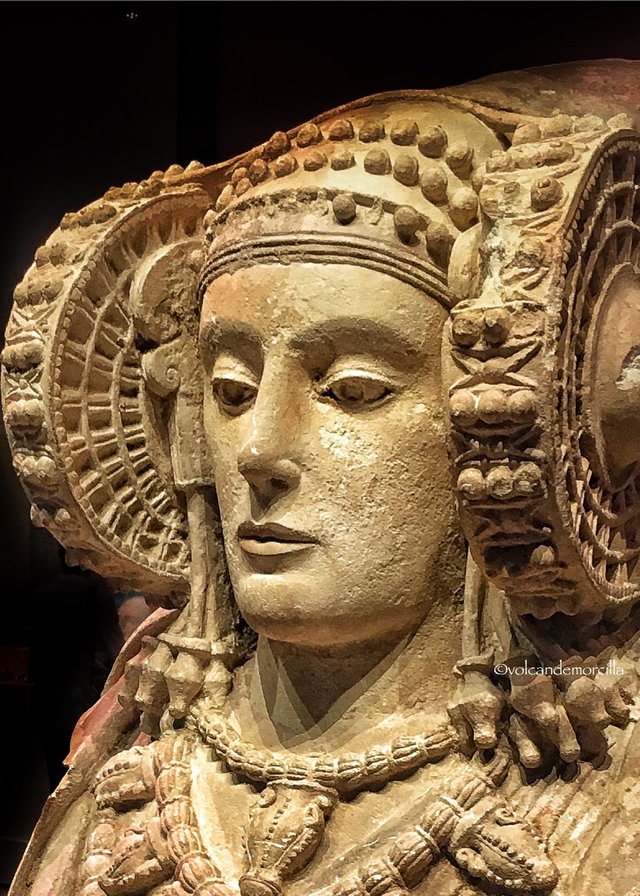
Cuando fui por allí, hace unos meses, hice unas fotografías y realice una publicación en Steemit sobre La Dama de Elche, os dejo el enlace Una Dama viajera
Hoy he recuperado algunas fotos y les he hecho algunos retoques para que resulten más interesantes. Con ello pretendo que podáis apreciar la magnitud y la importancia de esta escultura que fue realizada con gran perfección por los pueblos íberos, muchos siglos antes de que llegara la dominación romana.
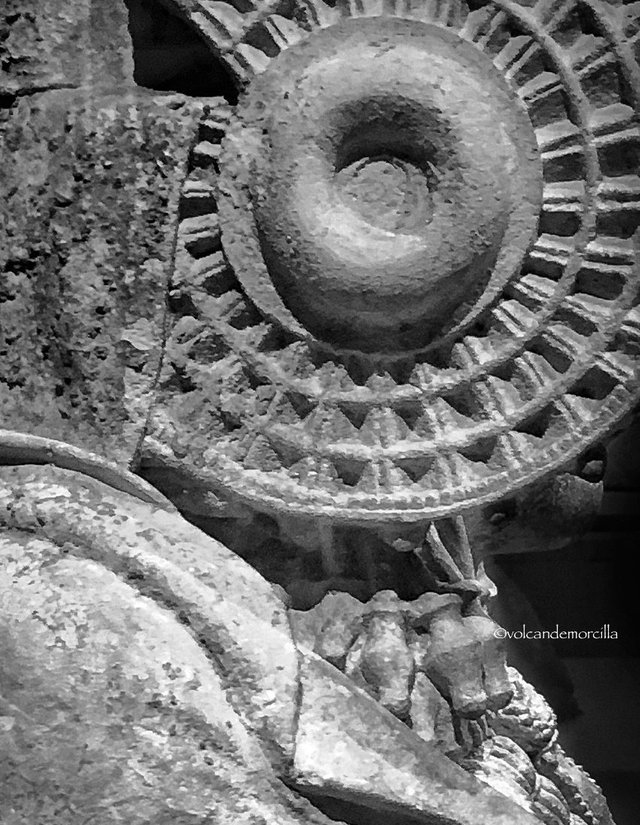
El afamado pintor malagueño Pablo Picasso percibió perfectamente la importancia de la Dama de Elche. A él le fascinaban las máscaras africanas e indígenas, por eso percibió rápidamente que su importancia radicaba en que era una obra artística de un pueblo puro y genuino que no había sido sometido todavía por el imperio romano. Era la obra de del antiguo pueblo íbero: el genéticamente puro del territorio español. De ahí el carácter simbólico que el dictador Franco utilizó como ícono de los idéales patrióticos españoles. Por fortuna, esta bella escultura ya no tiene este significado político aunque si persiste su belleza digna de toda admiración.

The Lady of Elche
In 1897 the “Dama of Elche” was discovered. Until now, the story related that it was Manuel Campello who found her when she was 14 years old. I was buried in a farm in Alcudia.
There are currently two new studies, conducted at the University of Alicante, that have questioned this version. According to the new evidence, it seems that the real discoverer was a worker named Antonio Maciá. This man worked on the grounds of a doctor named Manuel Campello who wanted to condition his land for cultivation.
Undoubtedly, the same name of the doctor and the child is what created the confusion.
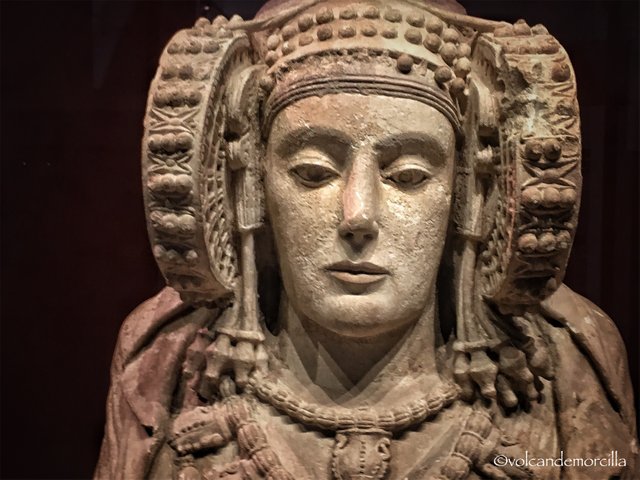
This sculptural piece is very important because it is the best sample of Iberian art and is dated in the 5th or 4th century BC. Long before the Iberian Peninsula was conquered by the Roman Empire.
The Lady of Elche, shortly after being discovered, was sold for a small amount of money to the Louvre Museum and left Spain.
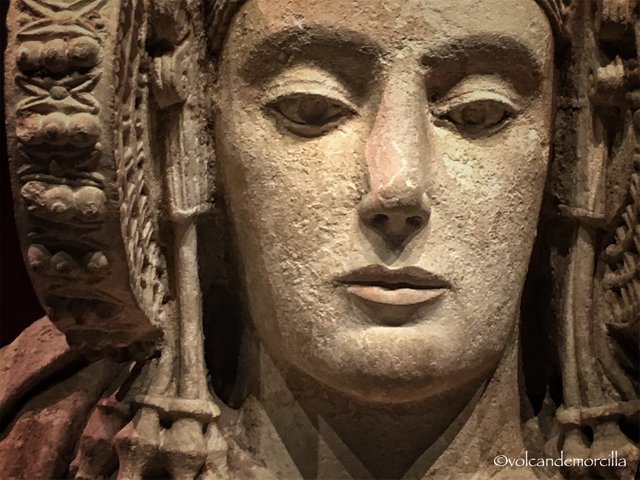
Many years later, the dictator Francisco Franco in his negotiations with France after World War II, managed to bring her to Spain and made her an icon of her patriotic ideals.
The history of the discovery and the new findings are very well described in the article that has been published this Saturday in the newspaper El País. Here is the link The mystery of the man who found the Lady of Elche
If you go through Madrid do not miss the opportunity to visit the National Archaeological Museum, there is the Lady of Elche that can be admired very well inside a showcase.
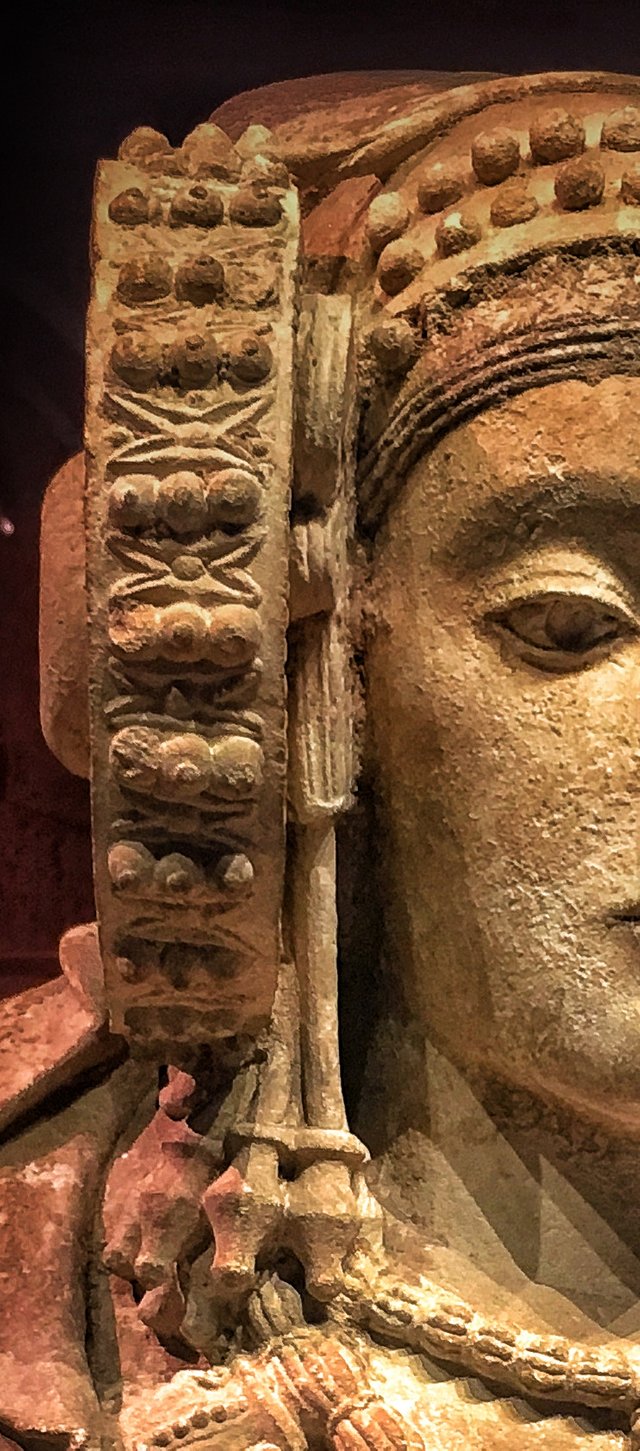
When I went there, a few months ago, I took some pictures and made a publication on Steemit about The Lady of Elche, I leave the link A traveling lady
Today I recovered some photos and made some tweaks to make them more interesting. With this I pretend that you can appreciate the magnitude and importance of this sculpture that was made with great perfection by the Iberian peoples, many centuries before the Roman domination arrived.
The famous Malaga painter Pablo Picasso perfectly perceived the importance of the Lady of Elche. He was fascinated by African and indigenous masks, so he quickly perceived that its importance was that it was an artistic work of a pure and genuine people that had not yet been subdued by the Roman Empire. It was the work of the ancient Iberian people: the genetically pure of Spanish territory. Hence the symbolic character that the dictator Franco used as an icon of the Spanish patriotic ideals. Fortunately, this beautiful sculpture no longer has this political meaning although its beauty persists worthy of all admiration.
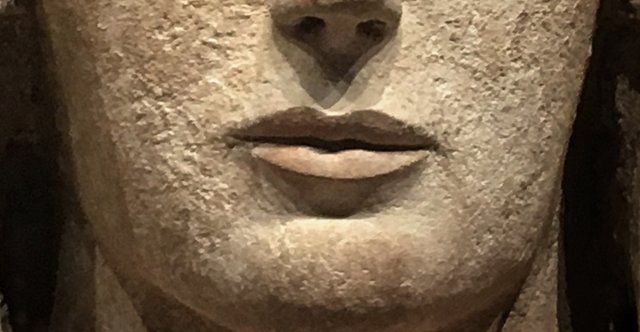


Cómo lo hago
Hice las fotografías con mi iPhone X. Para la edición utilicé la aplicación Snapseed y para la firma digital usé la App Watermark.
Los dibujos los hice en el iPad con el programa Sketches.
For the photography I use my iPhone X. For edition I use the Snapseed application and for the digital signature the Watermark app.
Everything I did on my mobile phone, I did not use the computer at all.
For the drawings, I use the Sketches program and paint them on the tablet.
Si quieres ver como lo hago, visualiza estos tres enlaces de publicaciones previas.
If you want to see how I do it, visualize these three links from previous publications.

Las fotos son mías y originales. También, soy el autor del dibujo separador.
¡Espero tus comentarios!
The photos are originals and mine. Also, I am the author of the separator drawing.
I await your comments.
Buen Camino!
Muchas Gracias amigos 😘
Posted using Partiko iOS
Muchas Gracias amigos
Posted using Partiko iOS
Una estupenda escultura que ha sido centro de muchas intrigas. Gracias por compartir!
Desde que fue esculpida ha llevado muchos avatares, entre ellos los miles de años que se mantuvo enterrada. Un saludo 😊
Posted using Partiko iOS
Me parece muy interesante el valor cultural y artístico de esta pieza. Gracias por mostrarla aquí @volcandemorcilla
Posted using Partiko iOS
Al ver la noticia recordé las bonitas fotografías que le hice. Tiene una belleza serena que me impresiona. Un abrazo 😊
Posted using Partiko iOS
Muchas Gracias amigos 😊
Posted using Partiko iOS
Que hermosa escultura, llena de hermosos detalles..!! Dios me permita poder conocer el museo donde se encuentra..!!
Posted using Partiko Android
Lo puedes ver en Madrid. El Museo Arqueológico. Está muy bien 😀
Posted using Partiko iOS